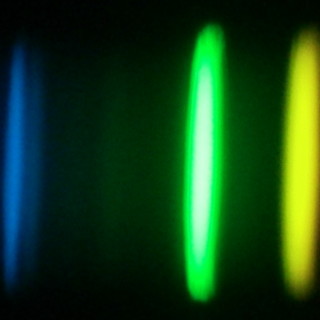Bibcode
del Burgo, C.; Allende Prieto, C.
Referencia bibliográfica
Monthly Notices of the Royal Astronomical Society, Volume 479, Issue 2, p.1953-1973
Fecha de publicación:
9
2018
Número de citas
32
Número de citas referidas
29
Descripción
We present the results of an analysis aimed at testing the accuracy and
precision of the PARSEC v1.2S library of stellar evolution models,
combined with a Bayesian approach, to infer stellar parameters. We
mainly employ the online DEBCat catalogue by Southworth, a compilation
of detached eclipsing binary systems with published measurements of
masses and radii to ˜2 per cent precision. We select a sample of
318 binary components, with masses between 0.10 and 14.5
M⊙, at distances between 1.3 pc and ˜8 kpc for
Galactic objects and ˜ 44-68 kpc for the extragalactic ones. The
Bayesian analysis applied takes as input effective temperature, radius,
and [Fe/H], and their uncertainties, returning theoretical predictions
for other stellar parameters. From the comparison with dynamical masses,
we conclude that the inferred masses are precisely derived for stars on
the main-sequence and in the core-helium-burning phase, with
uncertainties of 4 per cent and 7 per cent, respectively, on average.
Masses for the subgiants and red giants are predicted within 14 per
cent, and those for early asymptotic giant branch stars within 24 per
cent. These results are helpful to further improve the models, in
particular for advanced evolutionary stages for which our understanding
is limited. We obtain distances and ages for the binary systems and
compare them, whenever possible, with precise literature estimates,
finding excellent agreement. We discuss evolutionary effects and
challenges for inferring stellar ages from evolutionary models. We also
provide useful polynomial fittings to theoretical zero-age main-sequence
relations.
Proyectos relacionados

Abundancias Químicas en Estrellas
La espectroscopía de estrellas nos permite determinar las propiedades y composiciones químicas de las mismas. A partir de esta información para estrellas de diferente edad en la Vía Láctea es posible reconstruir la evolución química de la Galaxia, así como el origen de los elementos más pesados que el boro, forjados principalmente en los interiores
Carlos
Allende Prieto